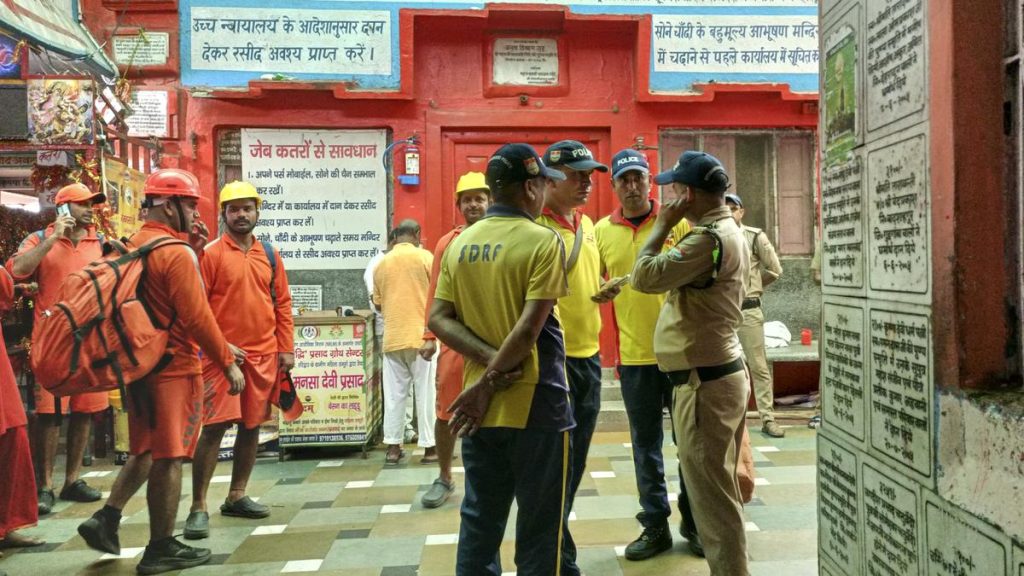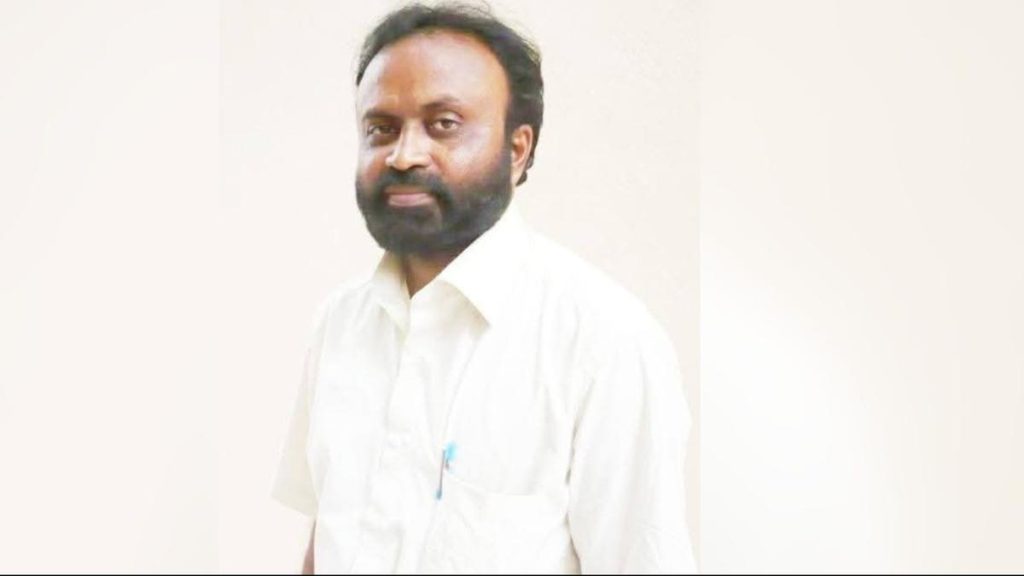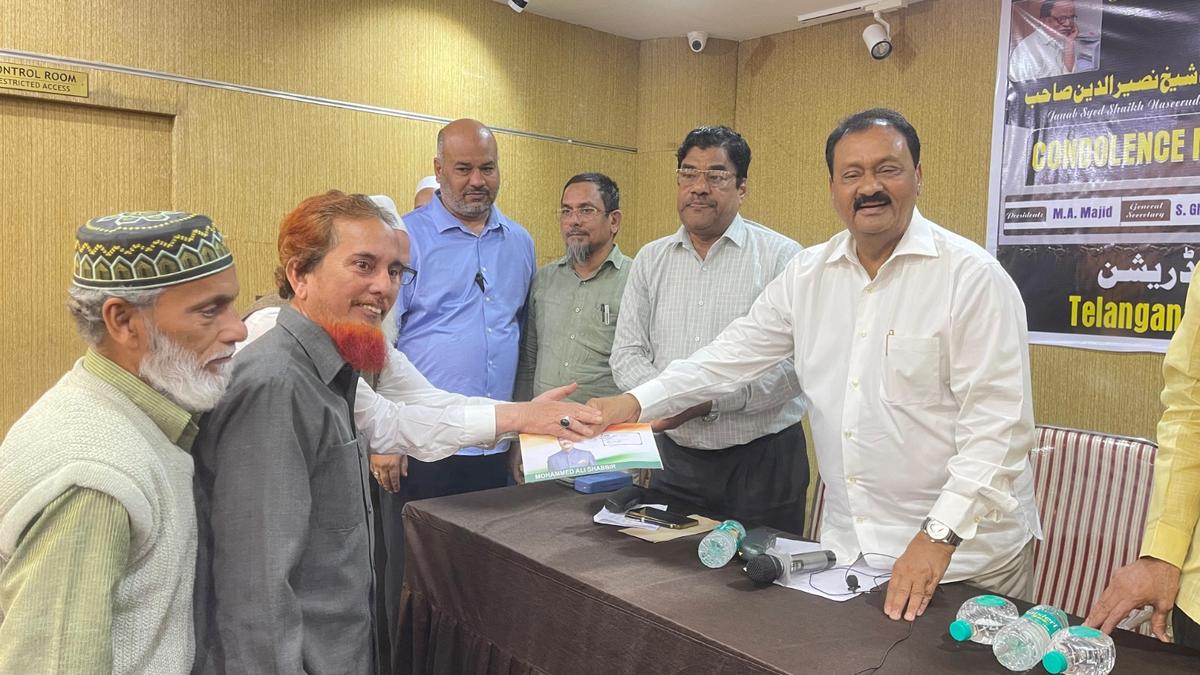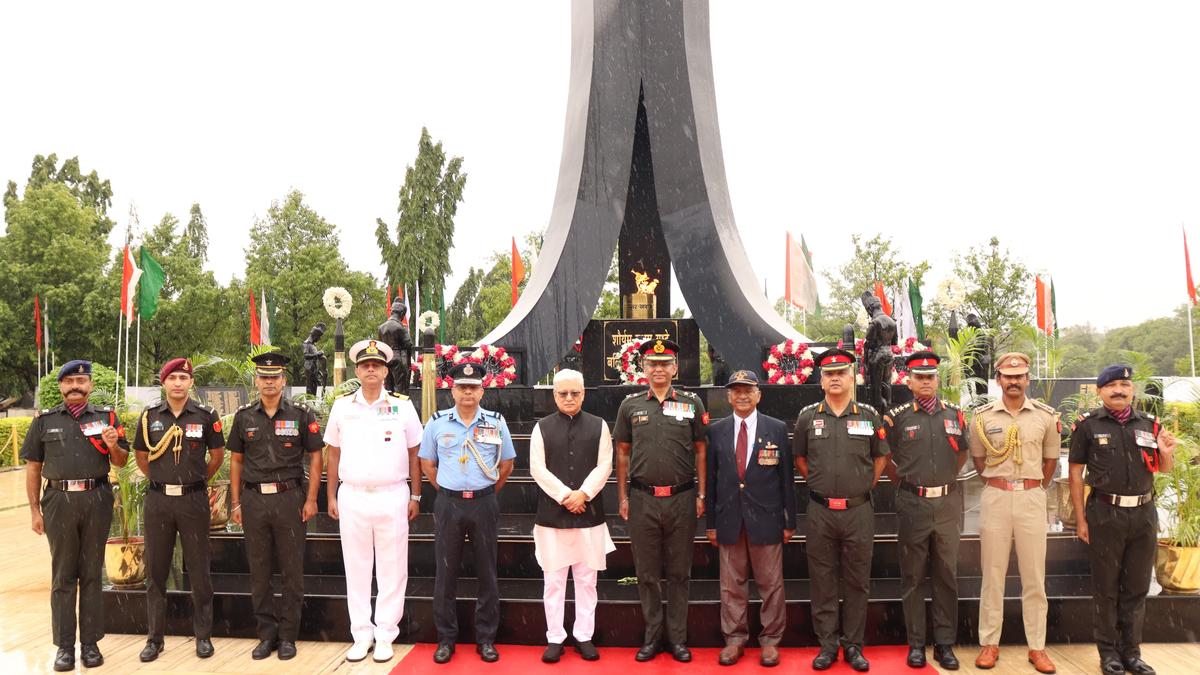Now Reading: India’s Growing Global Role to Bring Security Challenges: Amit Shah
-
01
India’s Growing Global Role to Bring Security Challenges: Amit Shah
India’s Growing Global Role to Bring Security Challenges: Amit Shah
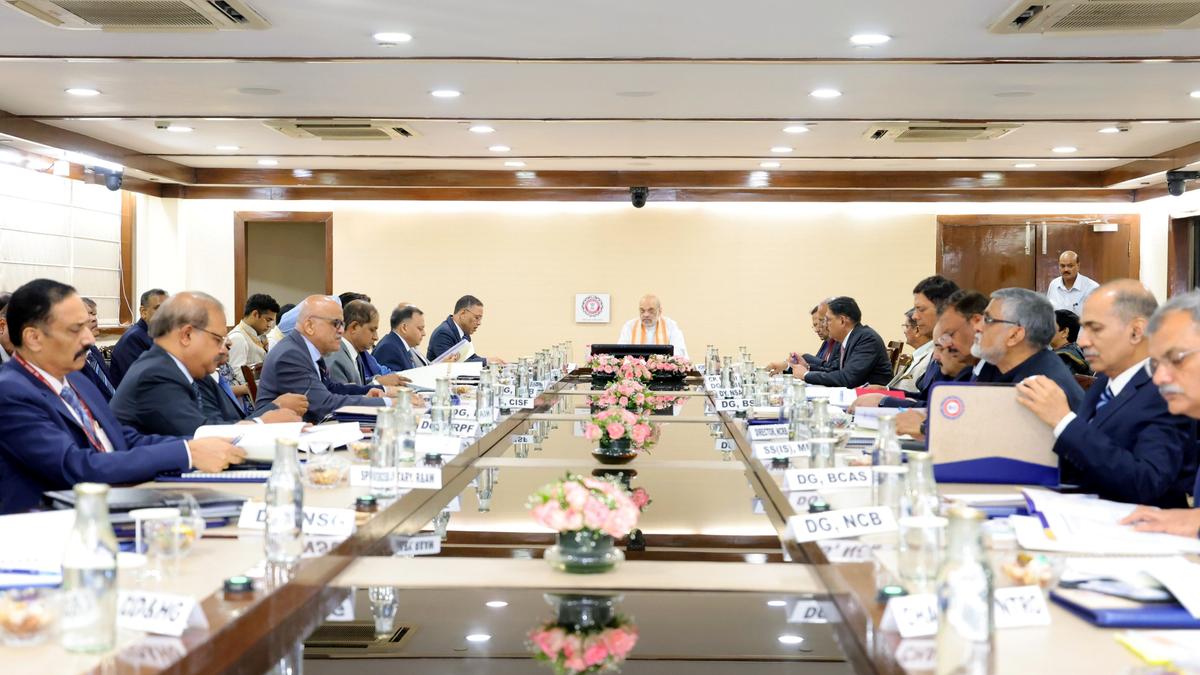
fast Summary
- Union Home minister Amit Shah chaired the conclusion of the two-day 8th National Security Strategies (NSS) Conference-2025 in New Delhi, organized by the Intelligence Bureau.
- Around 800 police and intelligence officers attended the hybrid-format conference.
- Shah highlighted India’s rising global stature as a factor for increasing national security challenges and stressed on better central-State agency coordination through homogenous teams.
- A focus was placed on internal security,with emphasis on a motto of ‘Suraksha,Sajagta,and Samanvay’ (Security,Alertness,Coordination).
- Instructions were given to involve young police officers for brainstorming solutions to national challenges.
- Directed strict action against drug cartels and extradition of narco-offenders; anti-narcotics was declared a prime agenda for police over the next three years.
- Urged implementation of development schemes in Left-Wing Extremism affected areas.
- Emphasized securing smaller seaports and strengthening State police’s capabilities against infiltration and smuggling activity.
- Ordered enhanced counter-terror measures, streamlined use of indigenous technological tools by police organizations, and strengthened inter-agency coordination for retrieving fugitives involved in terrorism or smuggling.
Indian Opinion Analysis
The directives from Union Home Minister Amit Shah at the NSS Conference reflect India’s evolving approach to countering dynamic internal security threats tied to its geopolitical context. The inclusion of diverse stakeholders-state agencies, young officers-is highly likely aimed at fostering innovative problem-solving while reinforcing ground-level intelligence gathering via local entities like police stations.
The prioritization of anti-narcotics initiatives signifies growing concerns about links between organized crime networks and national stability. at a broader level, integrating technology into law enforcement with an emphasis on indigenous solutions highlights India’s strategic focus on self-reliance amidst its cybersecurity vulnerabilities.
While effective coordination among Central-State teams could mitigate external influences such as terror financing or smuggling along vulnerable points like seaports or borders, execution remains key. Harmonizing development efforts in sensitive regions like Left-Wing Extremism zones further showcases a multi-dimensional security model that underscores prevention through governance alongside enforcement.


